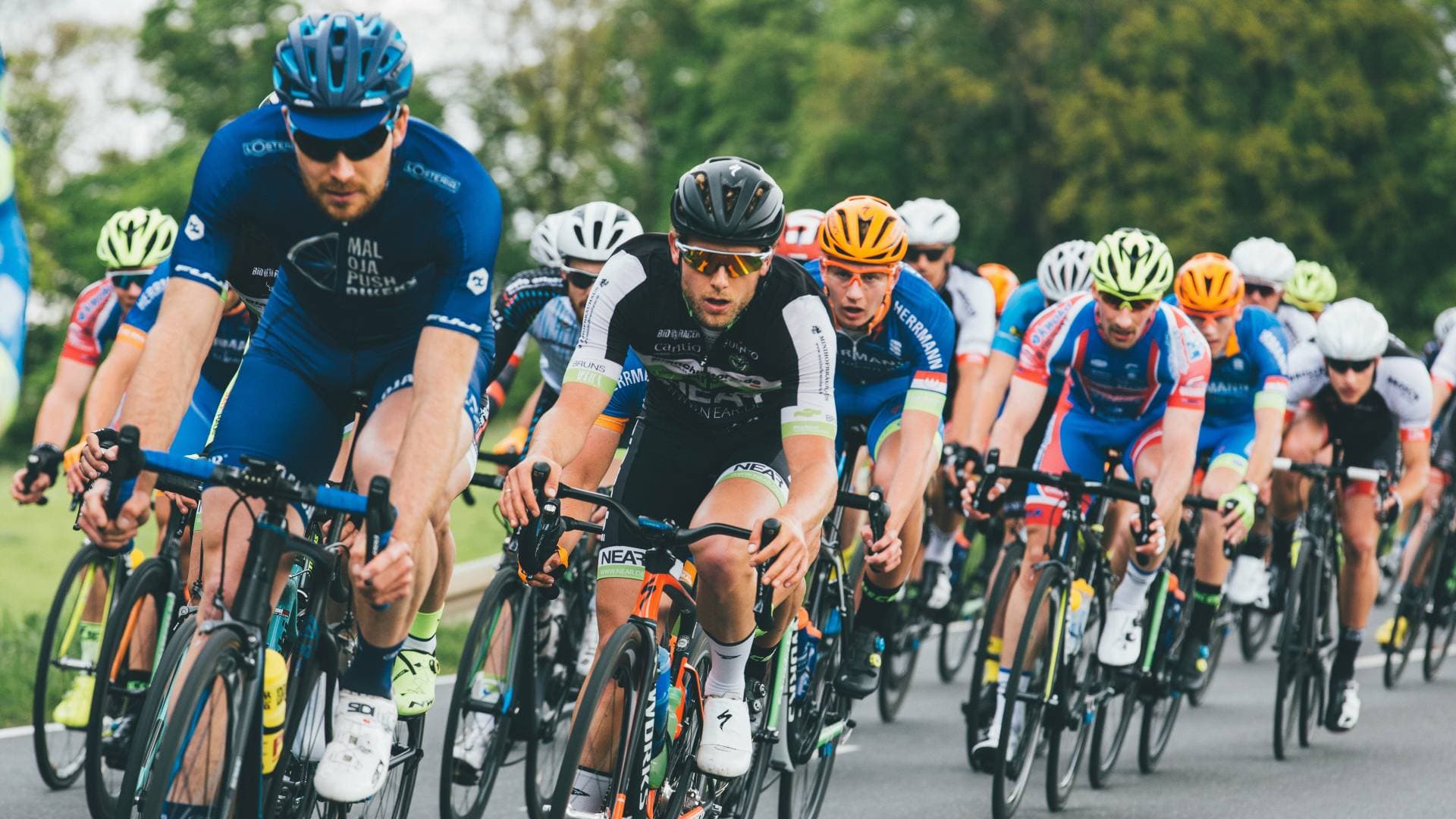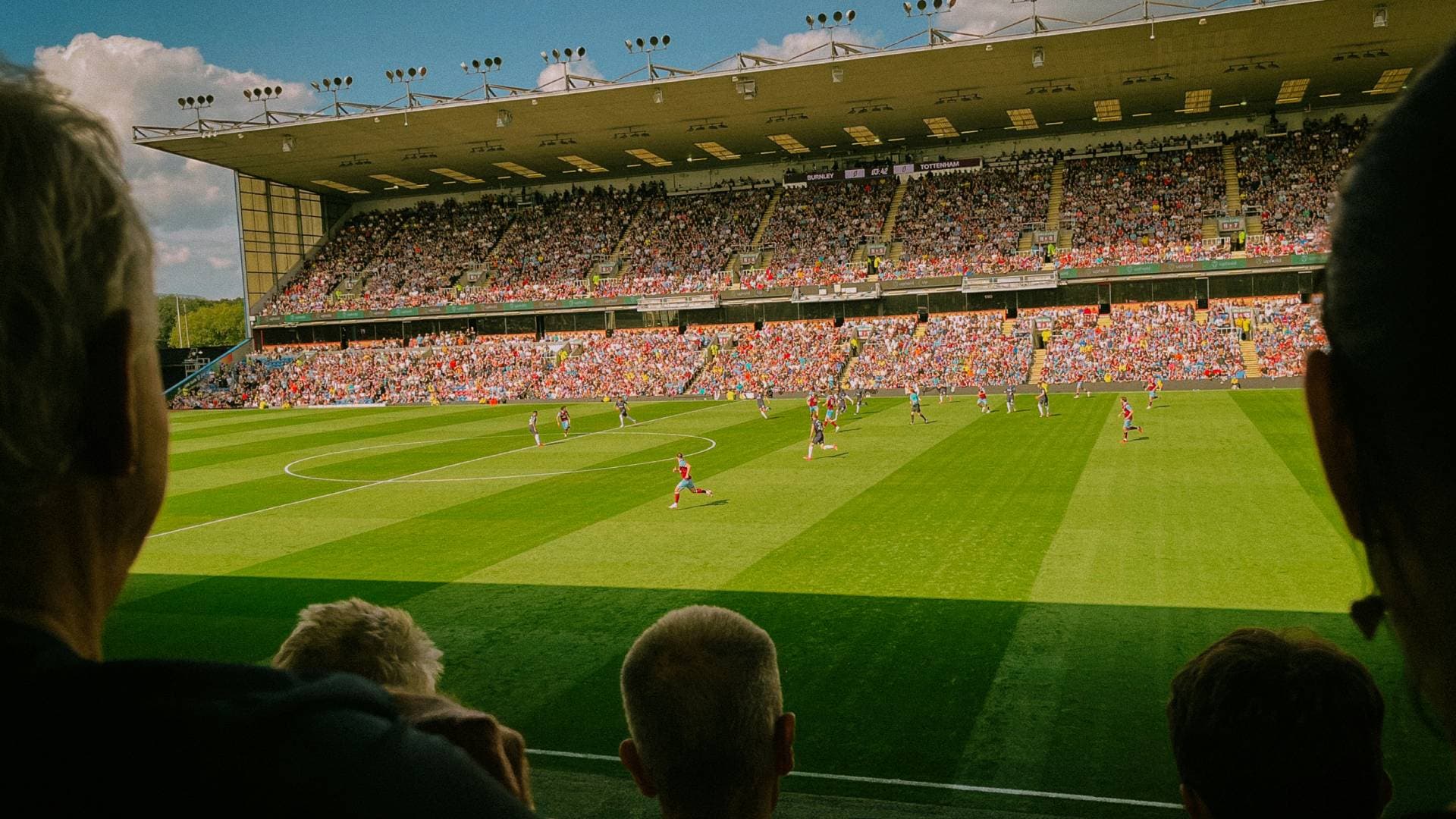Learning a new sport, especially as an adult, isn't an easy task. If you grow up in a football-mad family or found yourself watching the F1 every weekend as a child, you pick things up pretty quickly, but if you believe the adage, older dogs are slower learners.
We want you to choose a sport - any sport whatsoever is absolutely fine - and write a beginner's guide to understanding it, for any newbies looking to get involved. Your guide can focus on the superficial aspects of just watching and following the sport, or you can explain how to start playing and taking part.
Whichever angle you go for, we're looking for a minimum of 80 words or 60 seconds of video, and seven of the best guides will earn $4!
Task: Create a beginners guide for a sport of your choice
Format: Written or video
How to submit a written entry:
Hit the 'submit to this bounty' button just below this description - do not use the reply button unless you just want to comment on the thread, as replies will not be counted as entries!
Add a written response and feel free to include images.
How to submit a video entry:
Create your video and post it to your connected TikTok, YouTube or Instagram account.
In your post description, please tag us! We're on YouTube, on Instagram, and on TikTok. We'd also love it if you included #JustAbout.
Hit the 'submit to this bounty' button just below this description - do not use the reply button unless you just want to comment on the thread, as replies will not be counted as entries!
Share a link to your post in the box that appears, then expand it so we can view the video on Just About.
Once the deadline closes, we’ll pick up to seven submissions, award $4 to each of the winners, and may share them as curated content.
Disclaimer: Geographical and age restrictions apply. Just About reserves the right to extend the bounty's duration. Please see our Terms of Use for more information on how bounties are created and rewarded on Just About. One reward available per member.
Take care not to breach copyright. Check our copyright policy before submitting.
Remember to link your social accounts before submitting multimedia assets!
Considering using AI to help? Think twice and first see our approach to AI content on Just About.
Image credit: Markus Spiske via Unsplash
Bounty Rewards
Reward closed
Created at . Page last updated at .
Deadline at .









